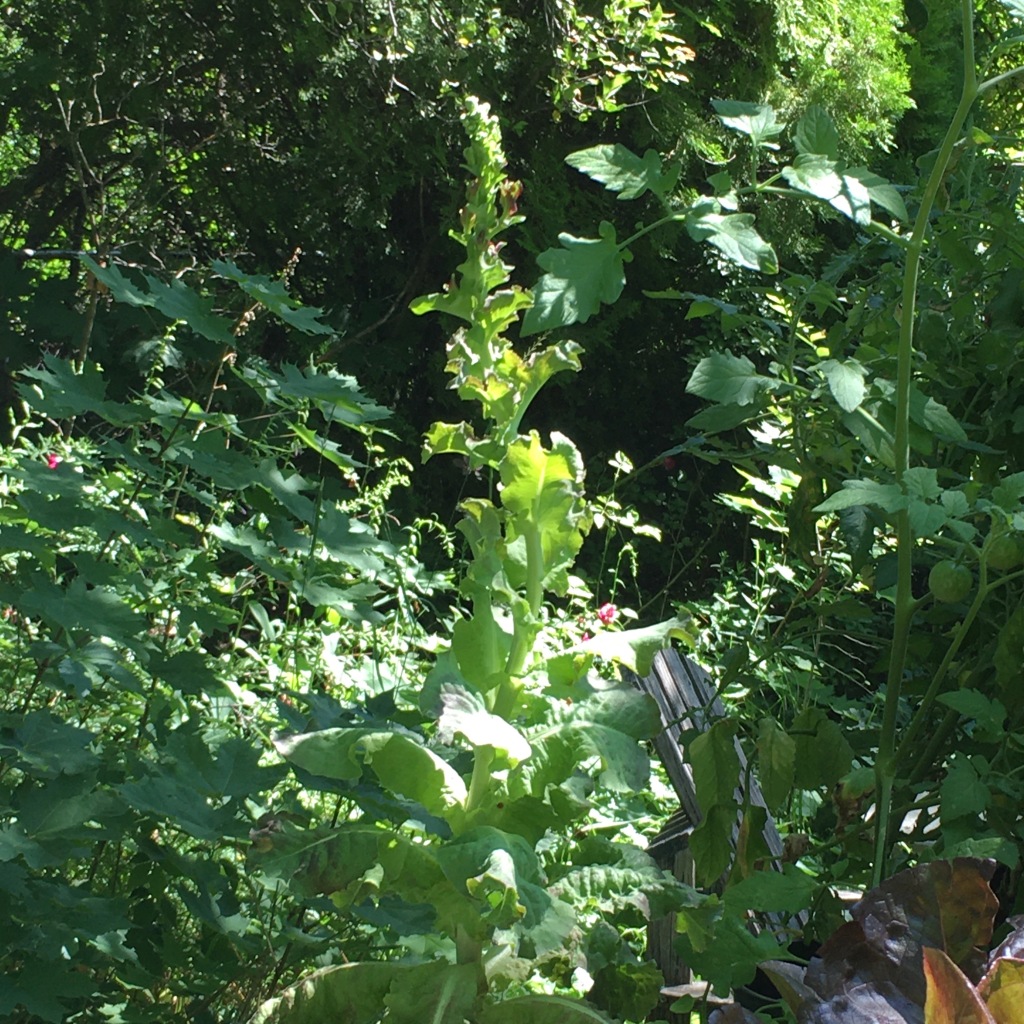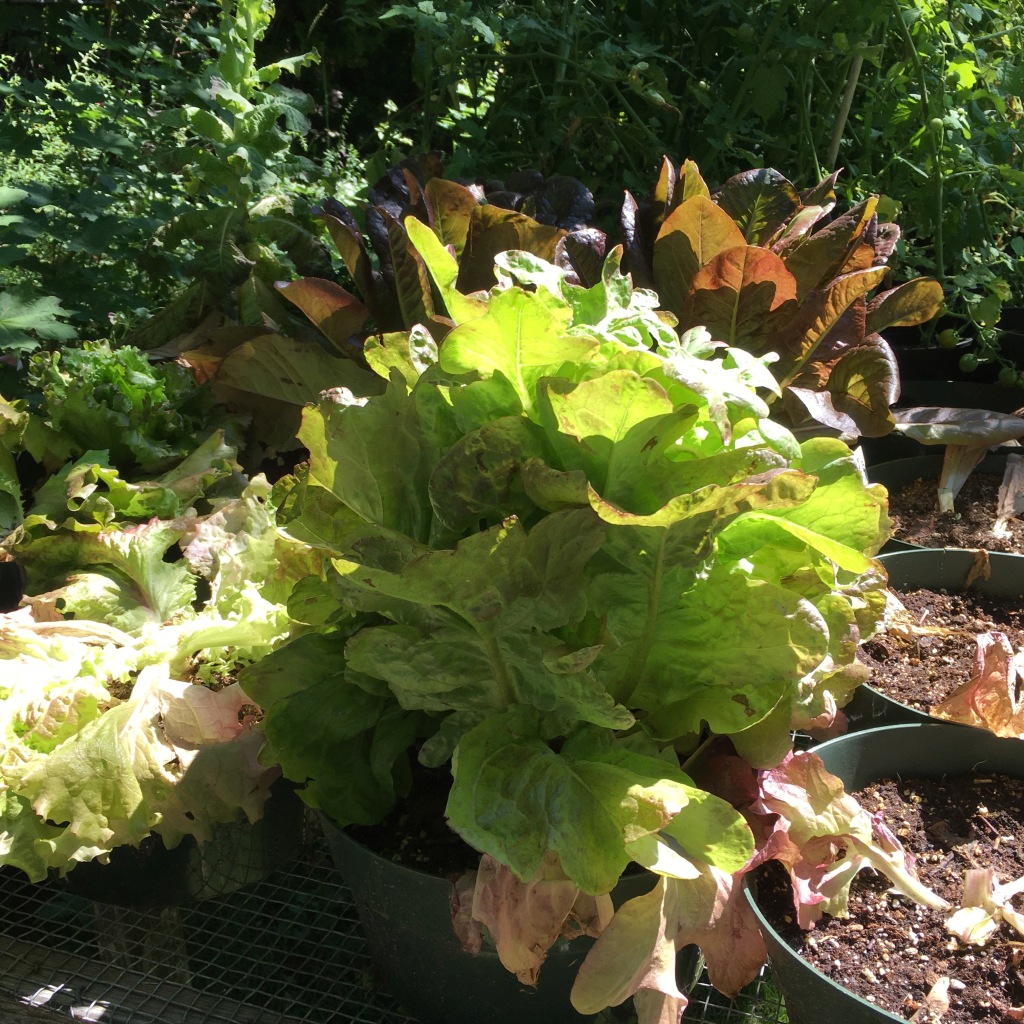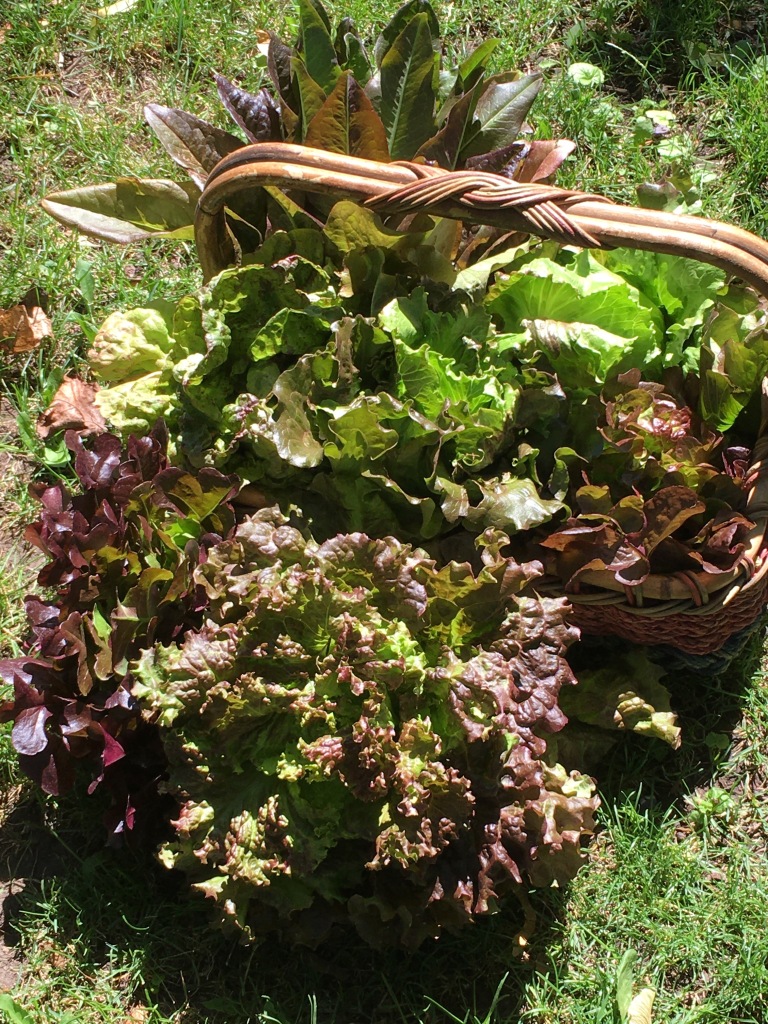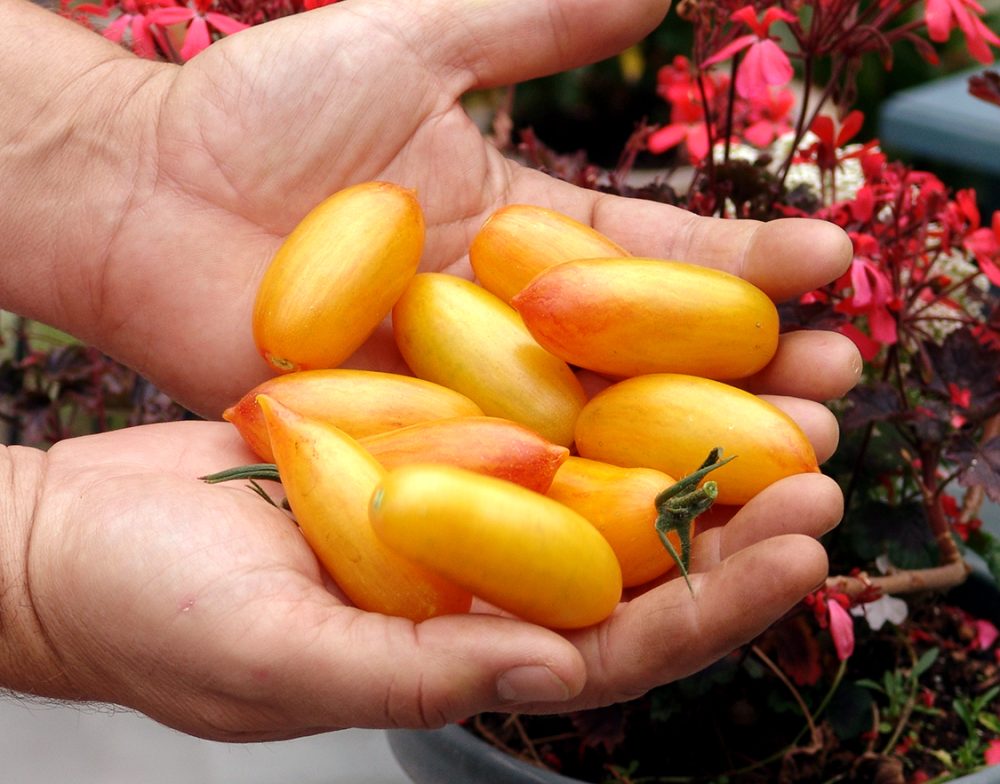Lettuce is a cool-season vegetable, it grows best in temperatures around 60 – 65°F. Once temperatures rise above 80°F, lettuce will normally start to “bolt” or stop leaf production and send up a stalk to flower and produce seed. The leaves become bitter when this happens.
Romaine types such as Mayan Jaguar and Pomegranate Crunch, Butterheads, such as Tom Thumb and Speckled Amish, and loose-leaf lettuces, such as Buckley and Slo-Bolt tolerate heat better than tighter heading lettuces like Iceberg.


Several things you can do to grow lettuce in summer, at least a little longer.
Mulch Lettuce tolerates a higher air temperature if the soil around its roots is cool and moist. Keeping your soil cool and damp encourages your lettuce to grow longer without bolting. Since lettuce has wide and shallow roots, a thick mulch keeps it happier in warm weather.
Partial shade is one way to keep lettuce growing later into warm weather. Deep shade isn’t good, but a system allowing sun during the morning while sheltering the plants in the afternoon keeps them living longer.
In the long run, when it gets as hot as it is going to get in the upcoming weeks (100’s), there is very little you can do to prevent your lettuce from bolting and turning bitter. To salvage it, harvest it and it will keep n the refrigerator for weeks. Much longer than anything you can buy at a grocery store.


If you are starting seeds during these times, just know that most lettuce seeds won’t germinate as temperatures rise above 80°F, a condition called “thermo-inhibition”. This trait is a carryover from wild lettuce in the Mediterranean Middle East, where summers are hot with little moisture. If the lettuce seeds sprouted under these conditions, they would soon die out and the species would go extinct.

That is why we do not grow it here after spring or too early before autumn. Yet, we are not far from the Salinas Valley, where so much lettuce grows.